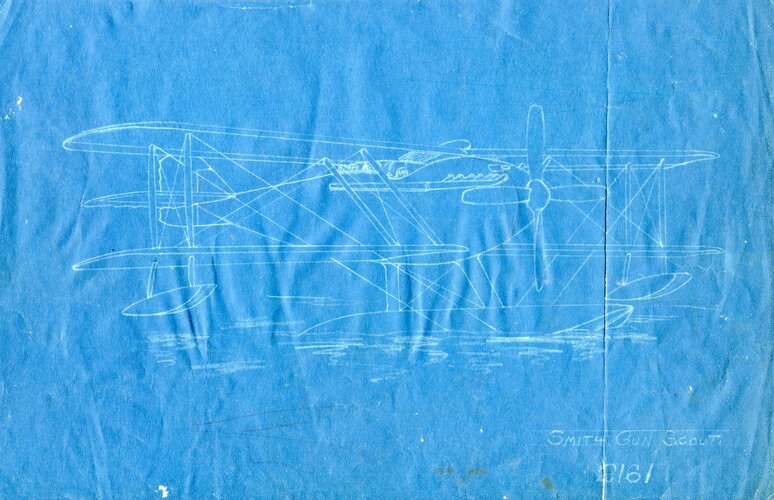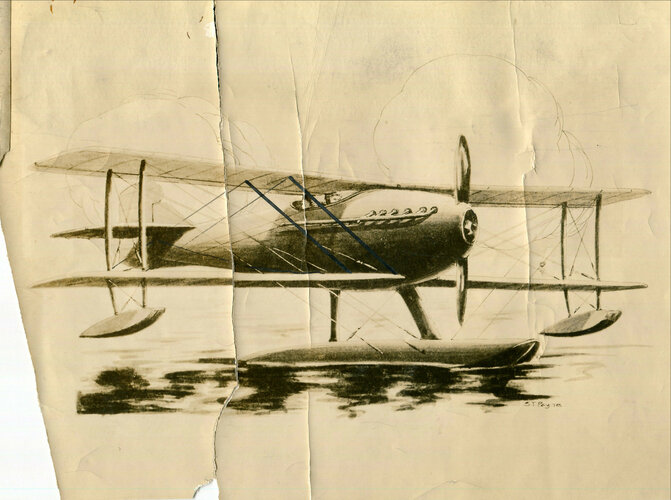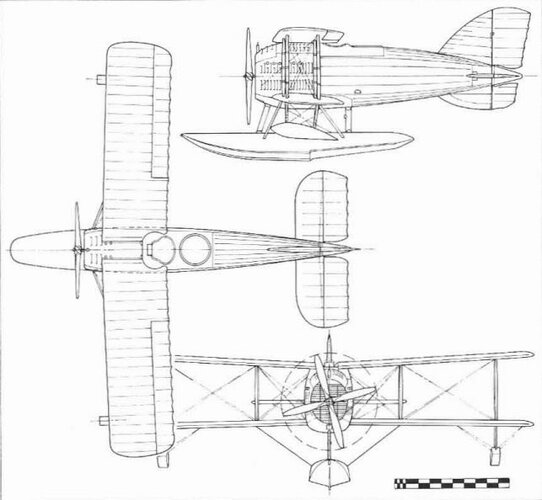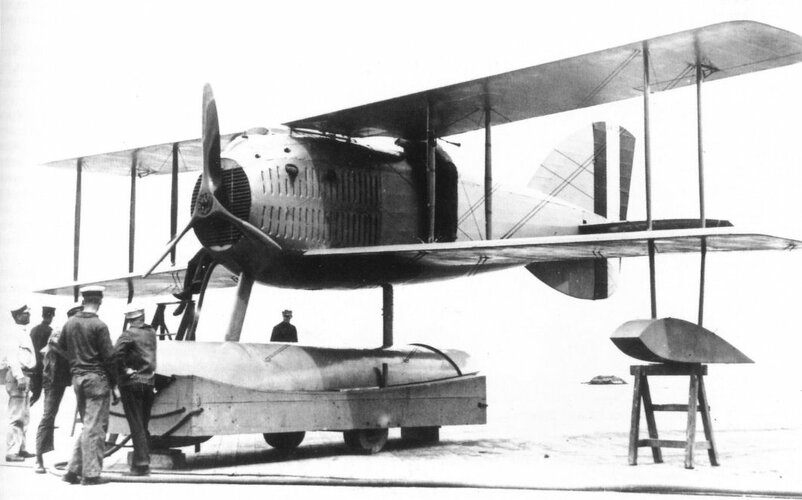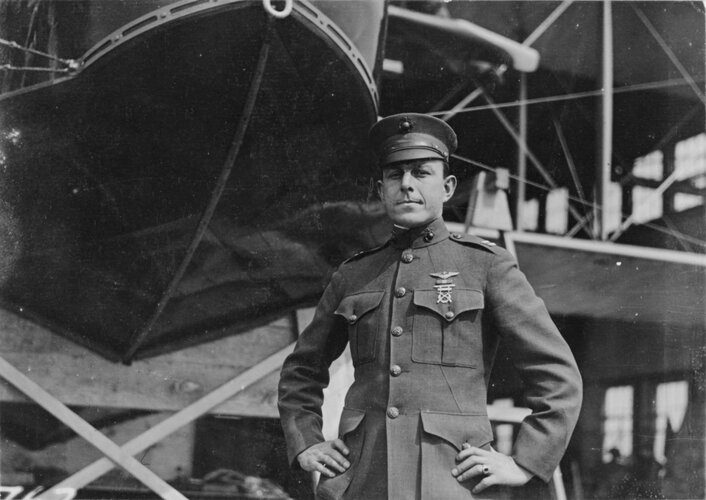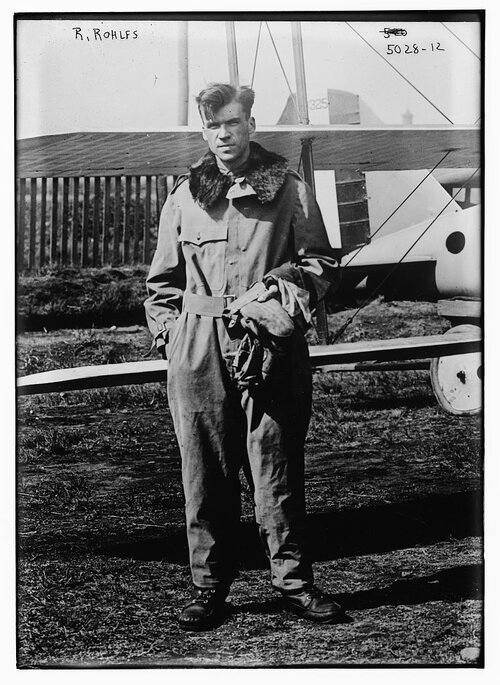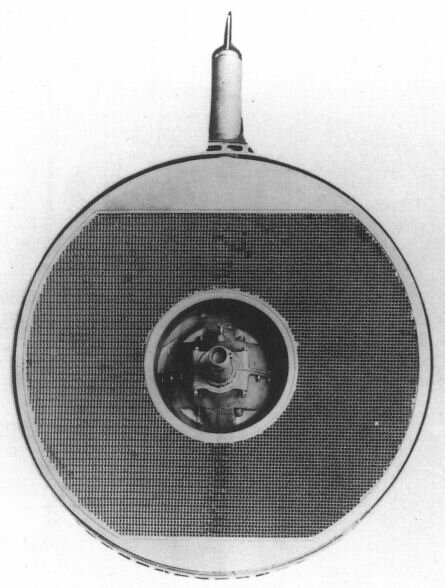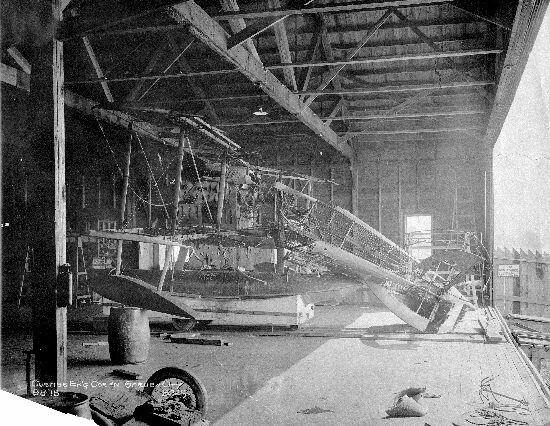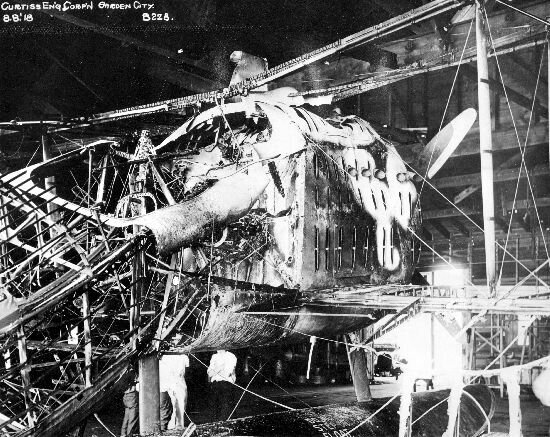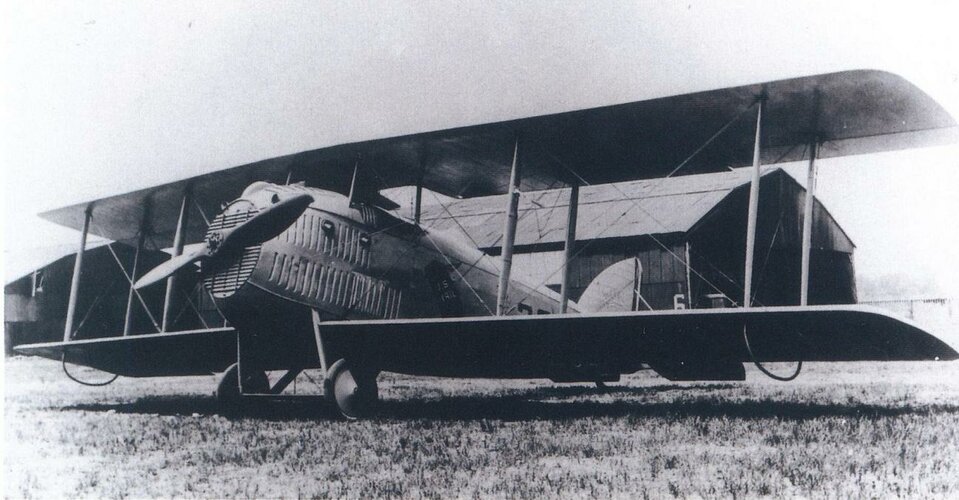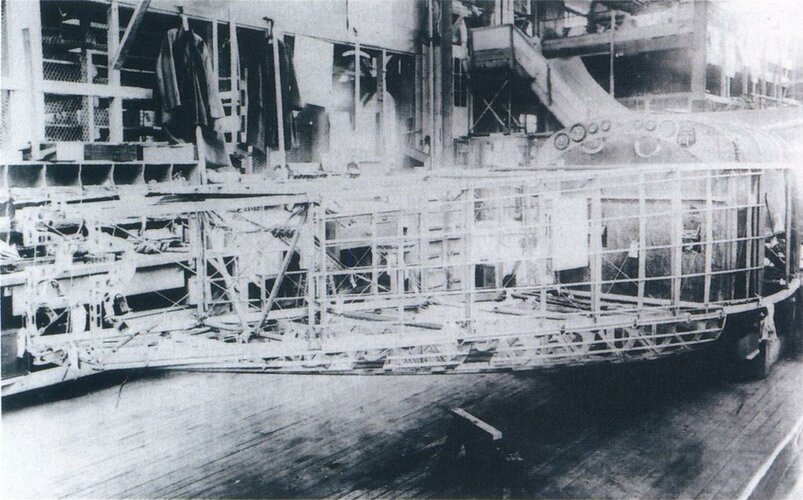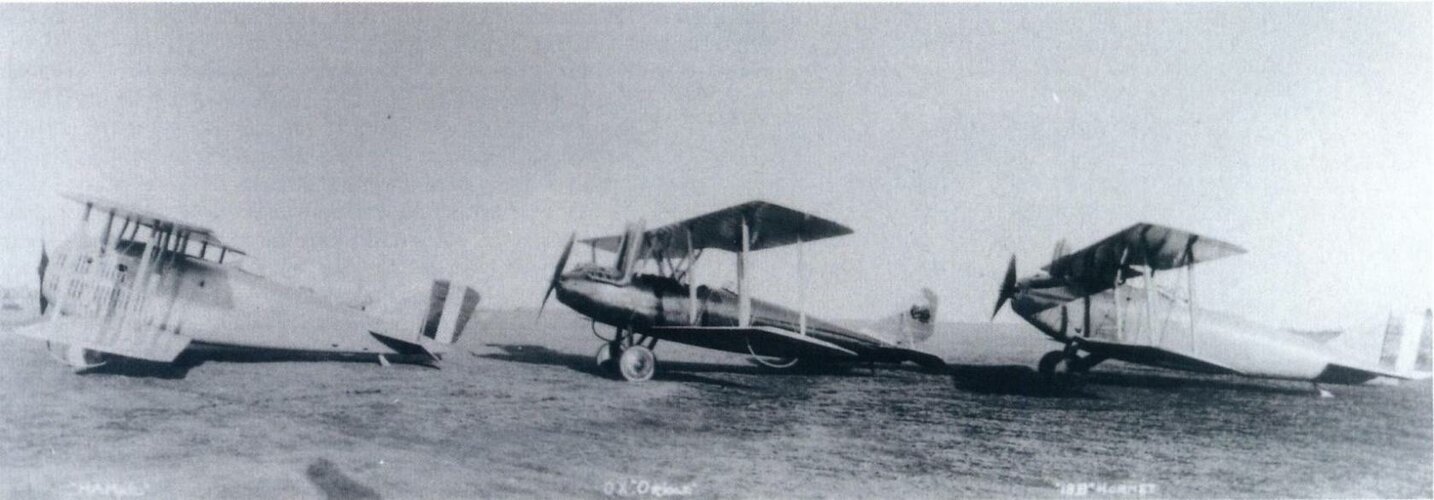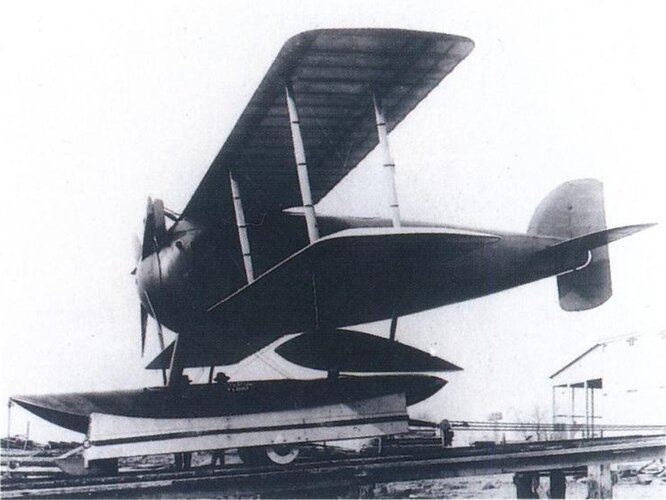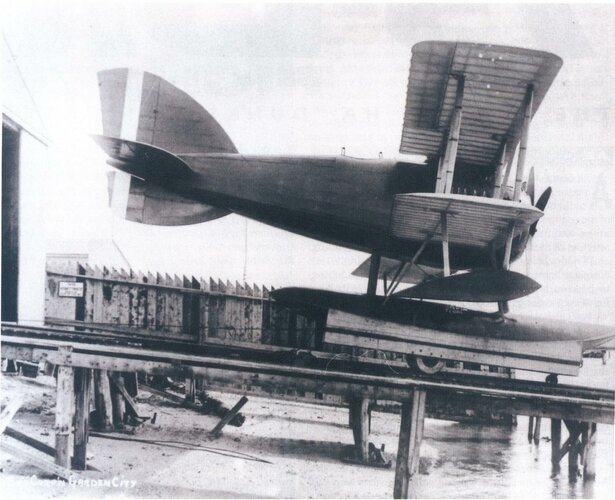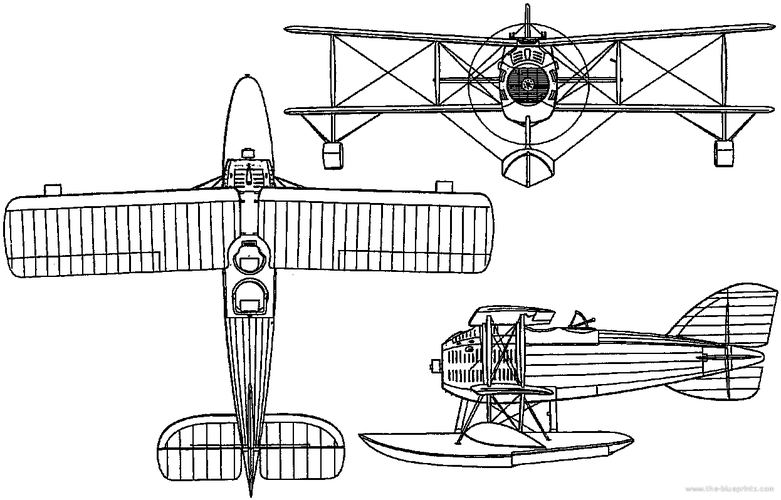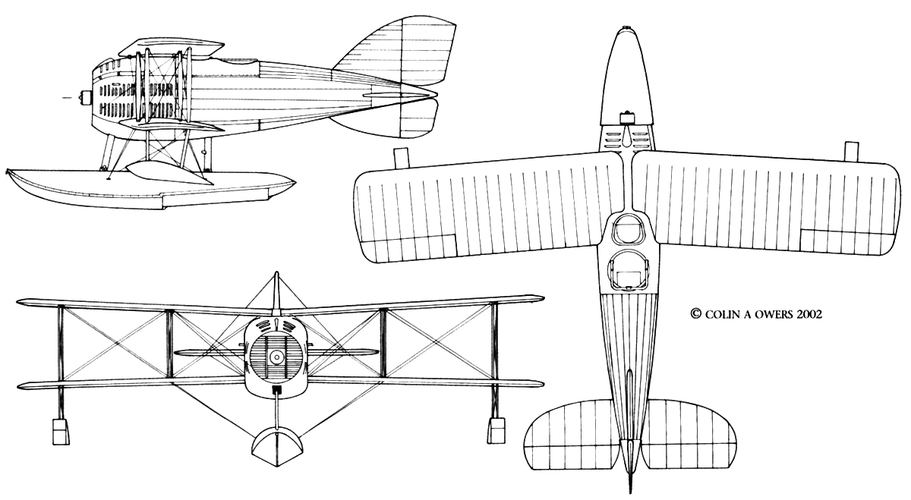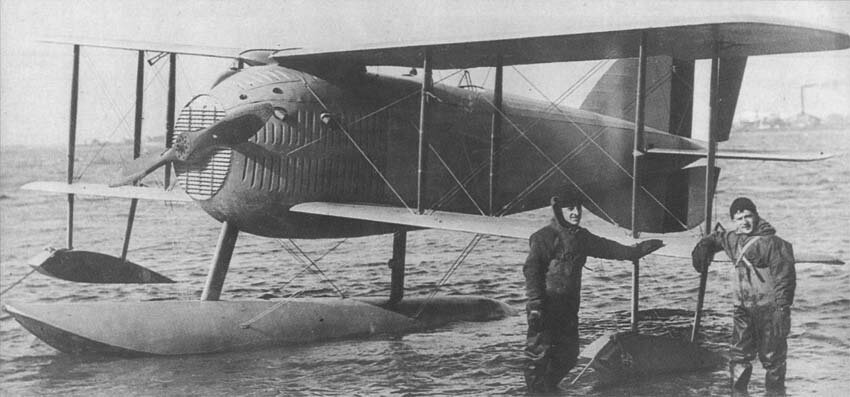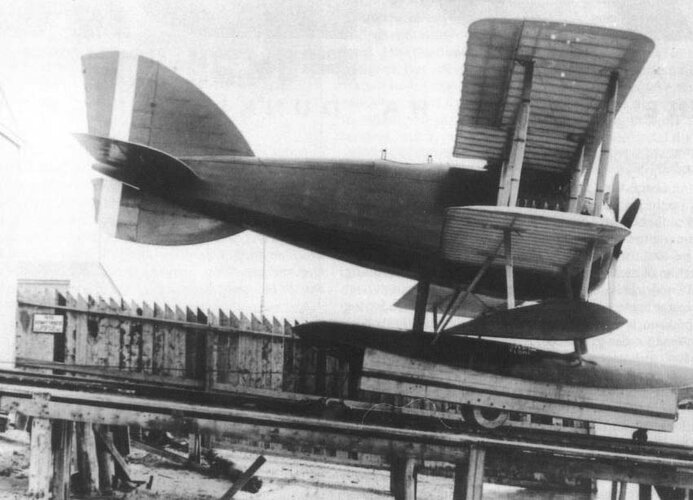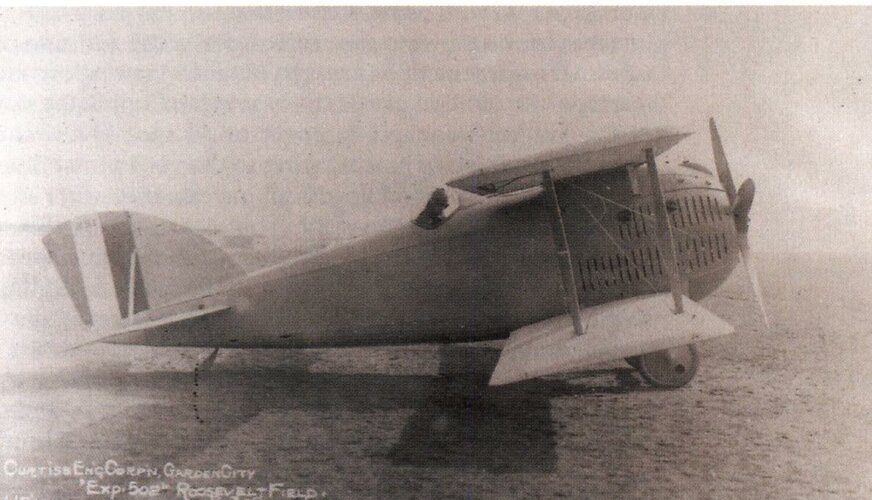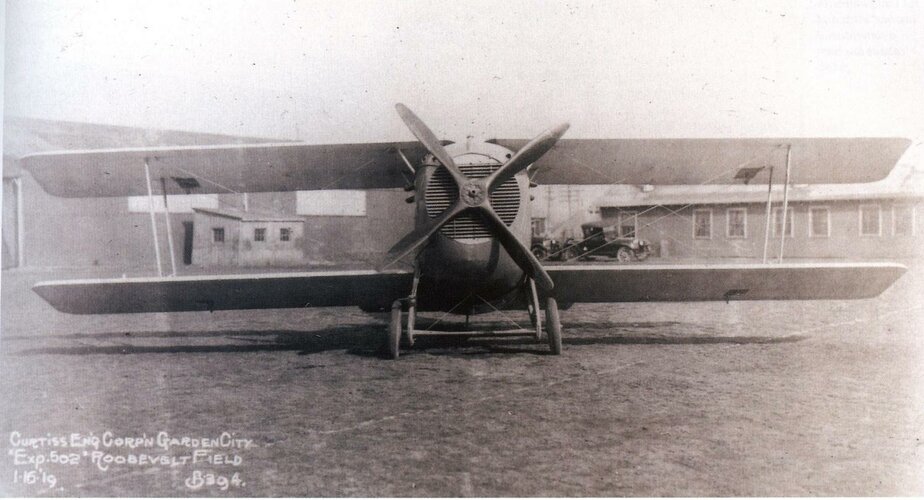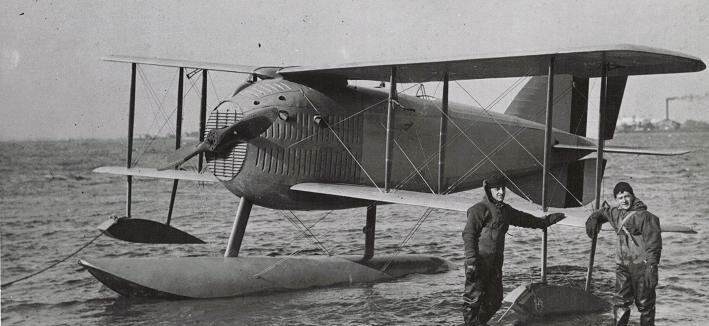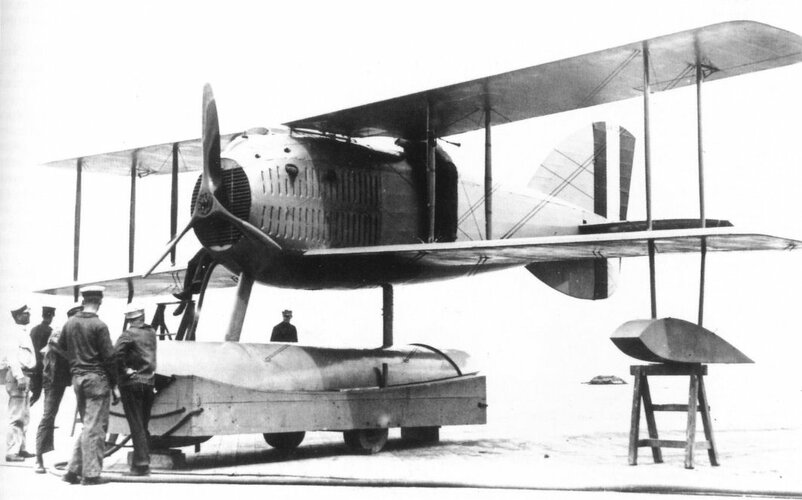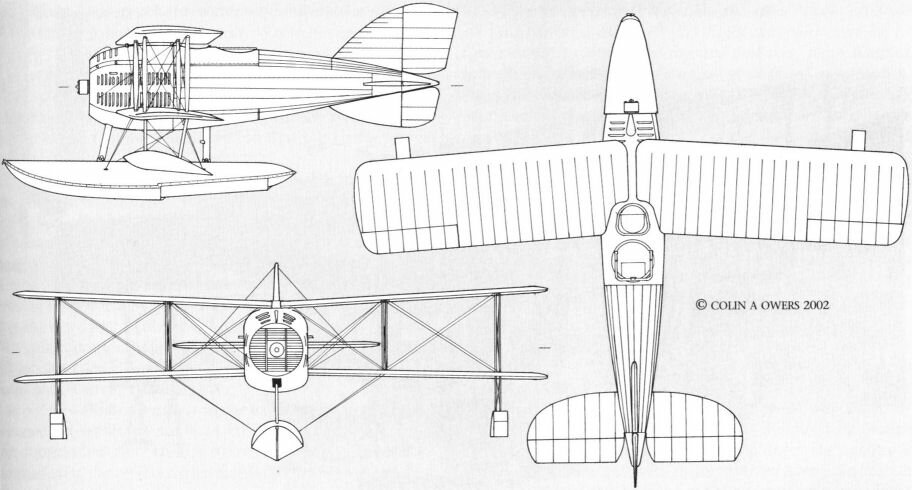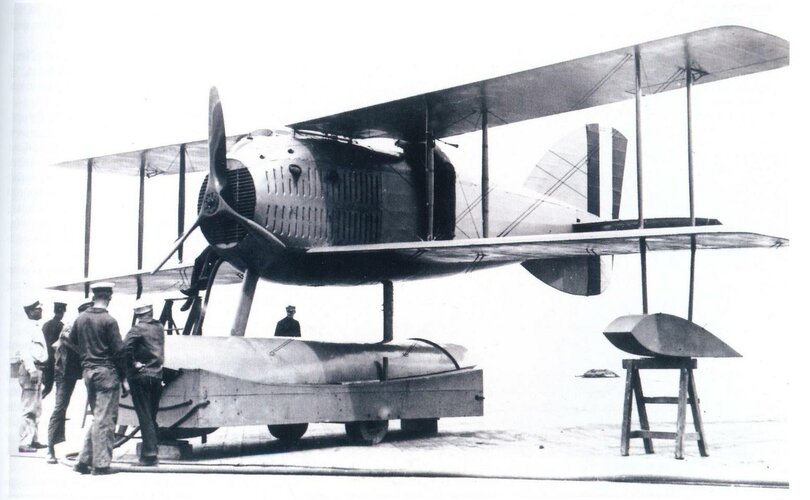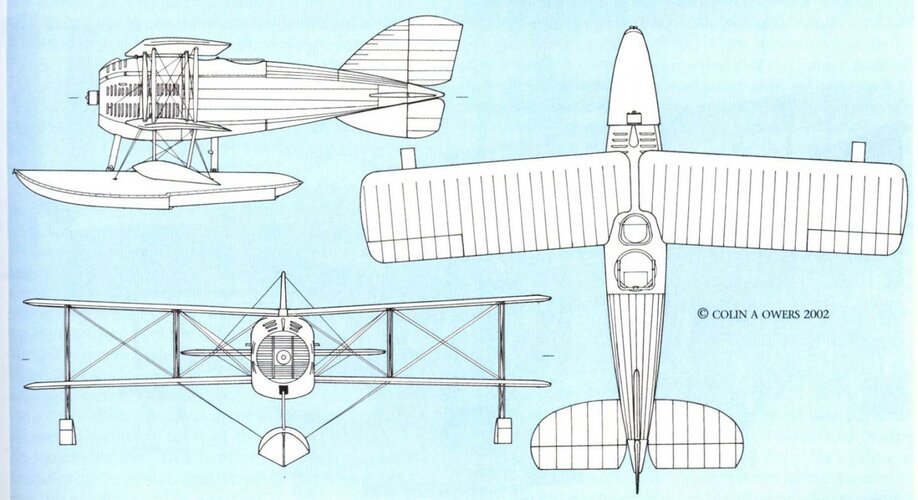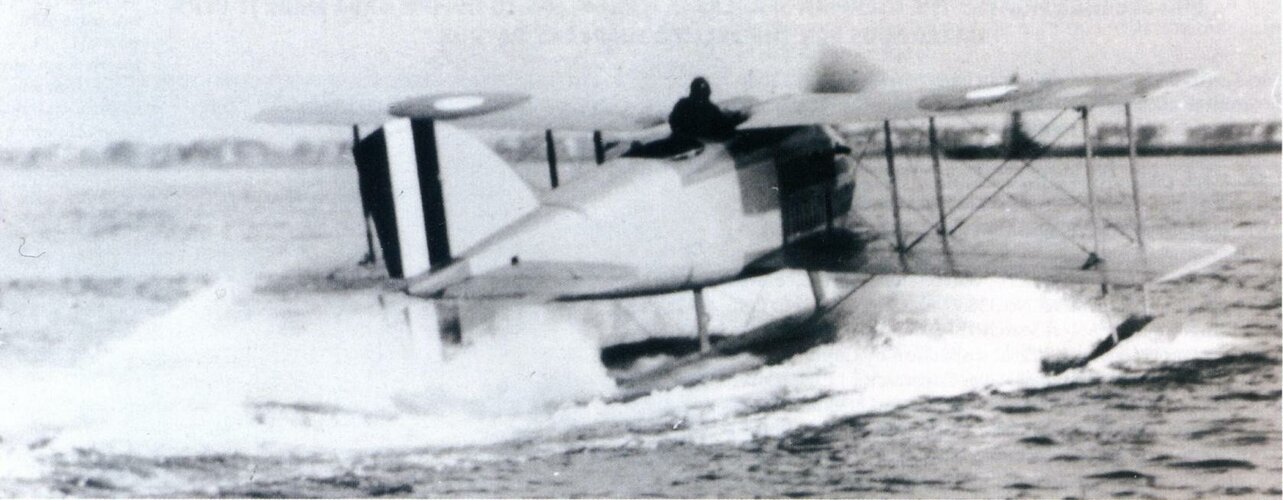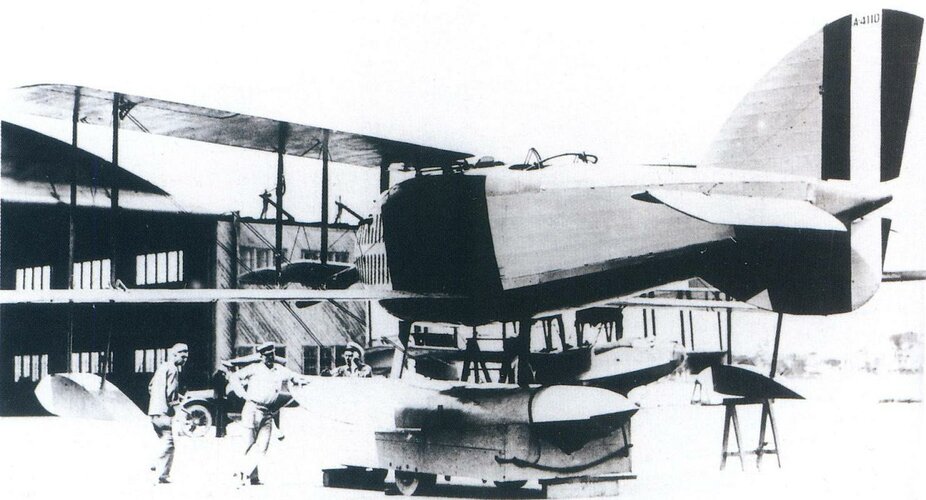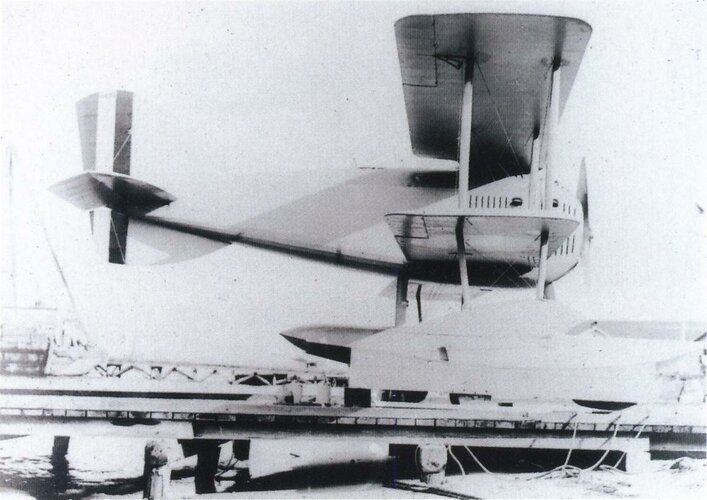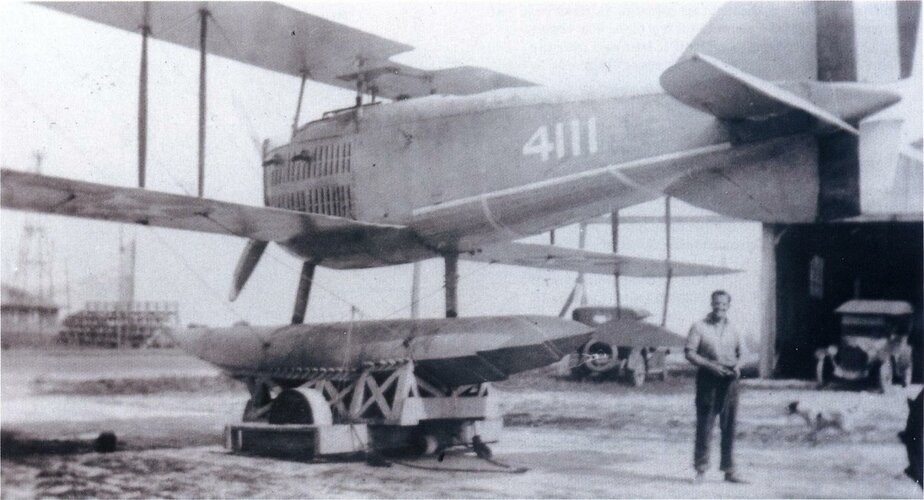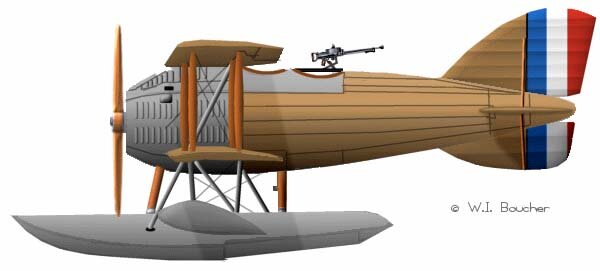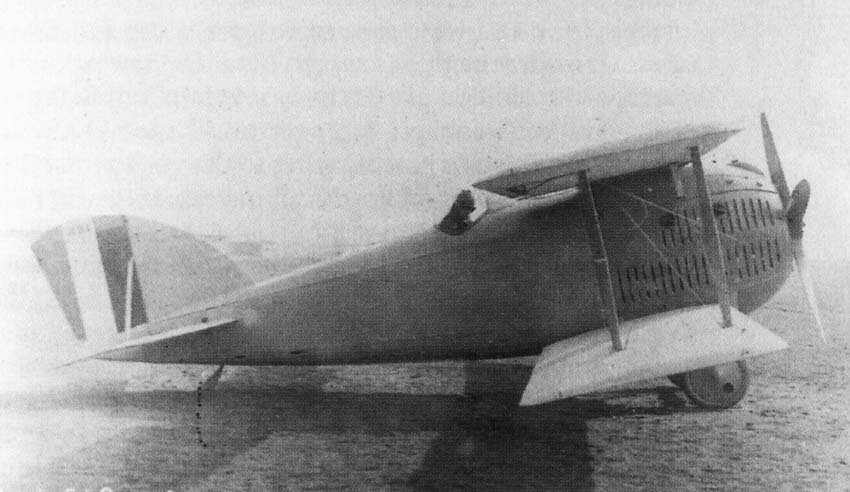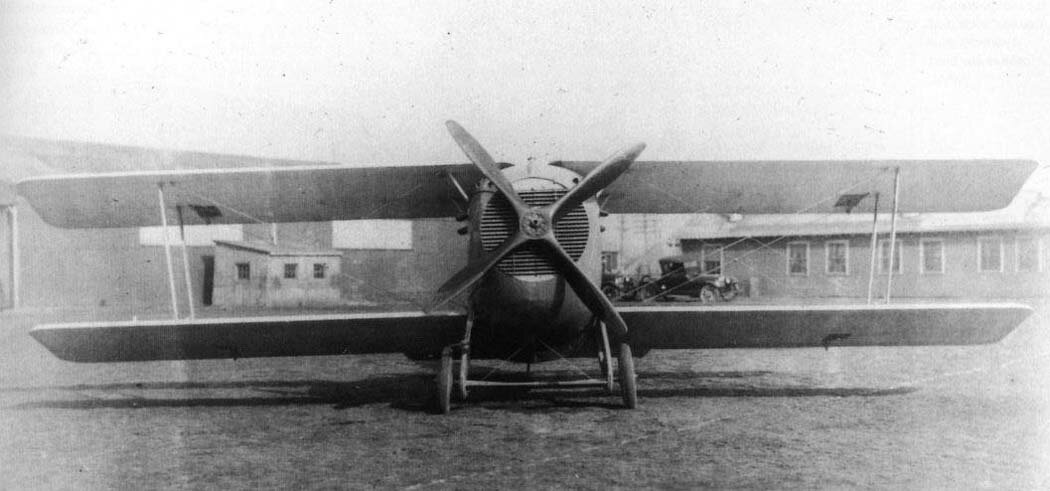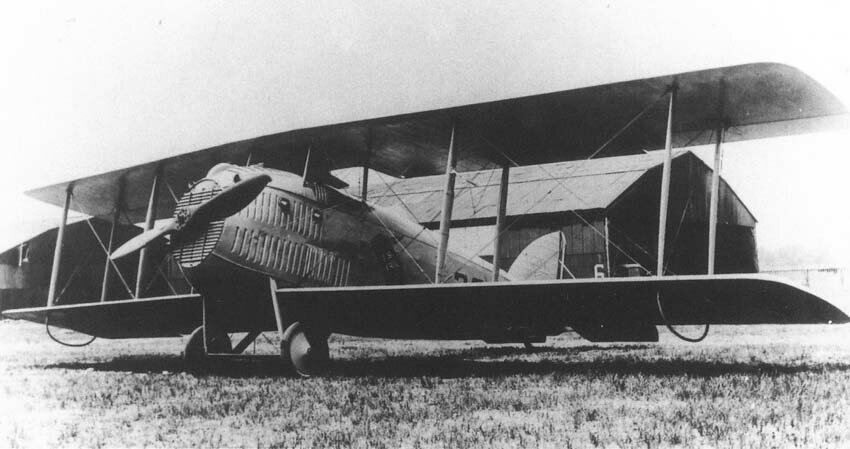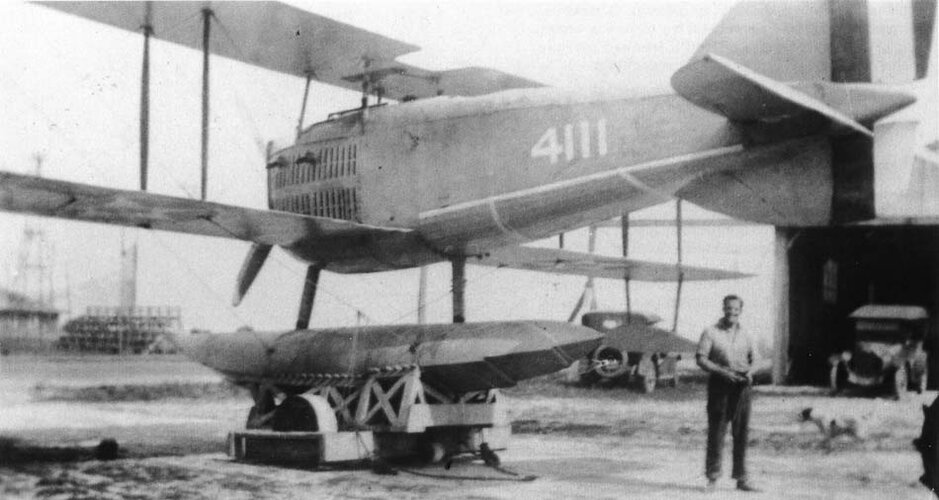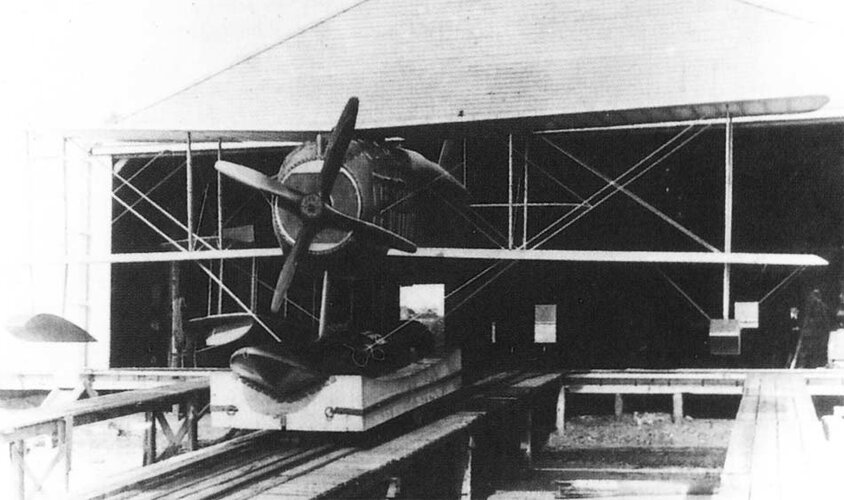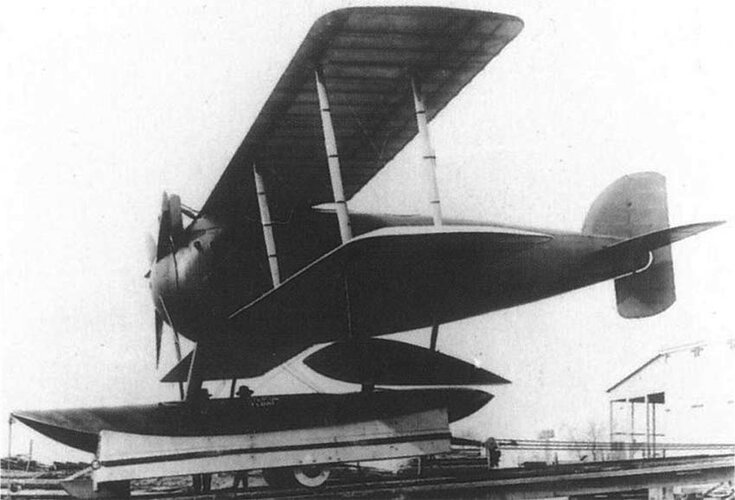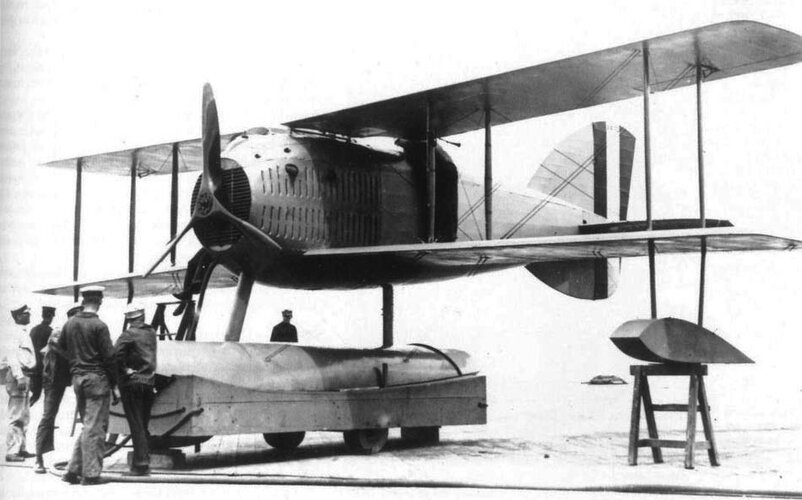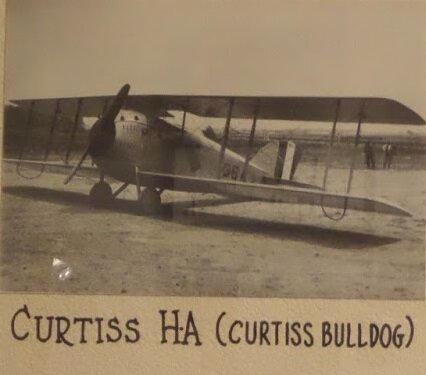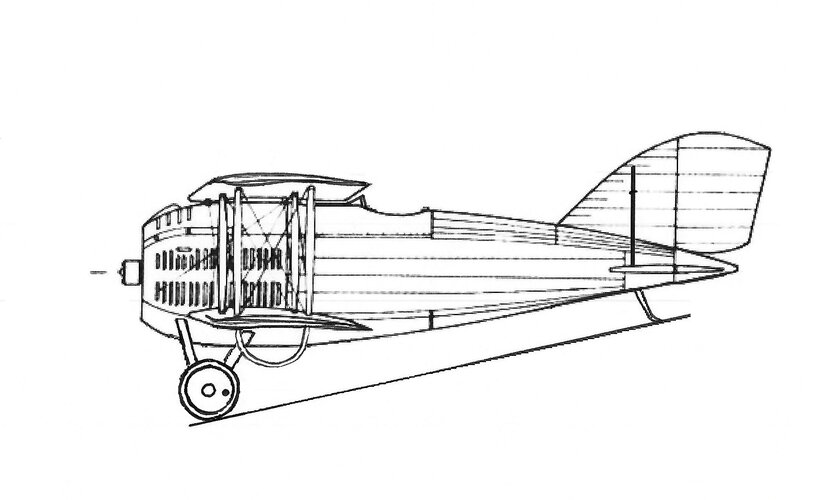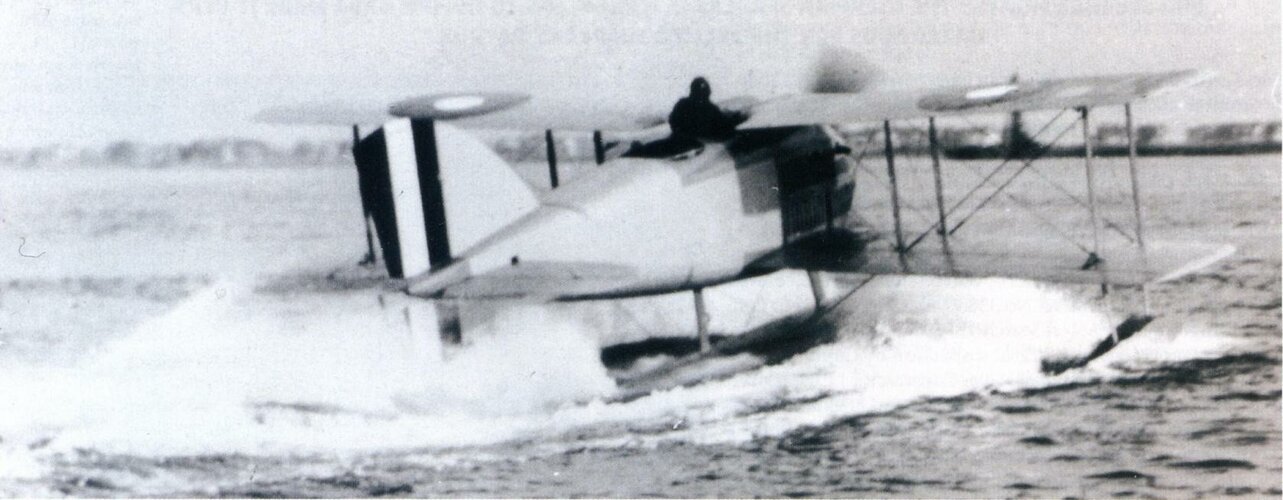- Joined
- 29 July 2009
- Messages
- 1,525
- Reaction score
- 1,535
I didn't see the Curtiss HA aircraft in the forums. This aircraft was a little unique in that it was designed by a notable US Marine aviator (Bernard Smith) and constructed by Curtiss Aircraft Company, to become the first naval fighter aircraft.
The Curtiss H.A. (believed to stand for the Curtiss Hydro Aeroplane) was designed by Marine aviator Bernard L. Smith (the second licensed Marine Aviator in US history), who graduated with honors in mechanical engineering from Virginia Polytechnic Institute in 1909. He trained with the Navy at the 'Curtiss Camp' and held the most amount of flight time in the Navy's A-1 training aircraft. During WWI he was sent to Paris as an Assistant Naval Attaché, touring French aircraft factories and returning to the US with ideas for the it's burgeoning aircraft industry. He designed a seaplane fighter for the Navy, who contracted with the Curtiss aircraft company to construct the design. The fighter was originally called the Smith Gun Scout. It was later designated as the Curtiss HA and nicknamed the Dunkirk Fighter (as hopeful harbinger of gaining air supremacy over the region held by Germans in Belgium).
The aircraft was test flown by famed Curtiss test pilot Roland Rohlfs with Bernard Smith occupying the rear seat. The design was a little unique in that the upper biplane wing had dihedral and the lower wing anhedral. The aircraft also suffered from stability issues and a rearward CG. A redesign of the aircraft resulted in the HA-1 and HA-2 designs. The last being a candidate for a land-based mail plane.
The Curtiss H.A. (believed to stand for the Curtiss Hydro Aeroplane) was designed by Marine aviator Bernard L. Smith (the second licensed Marine Aviator in US history), who graduated with honors in mechanical engineering from Virginia Polytechnic Institute in 1909. He trained with the Navy at the 'Curtiss Camp' and held the most amount of flight time in the Navy's A-1 training aircraft. During WWI he was sent to Paris as an Assistant Naval Attaché, touring French aircraft factories and returning to the US with ideas for the it's burgeoning aircraft industry. He designed a seaplane fighter for the Navy, who contracted with the Curtiss aircraft company to construct the design. The fighter was originally called the Smith Gun Scout. It was later designated as the Curtiss HA and nicknamed the Dunkirk Fighter (as hopeful harbinger of gaining air supremacy over the region held by Germans in Belgium).
The aircraft was test flown by famed Curtiss test pilot Roland Rohlfs with Bernard Smith occupying the rear seat. The design was a little unique in that the upper biplane wing had dihedral and the lower wing anhedral. The aircraft also suffered from stability issues and a rearward CG. A redesign of the aircraft resulted in the HA-1 and HA-2 designs. The last being a candidate for a land-based mail plane.
Attachments
Last edited:

